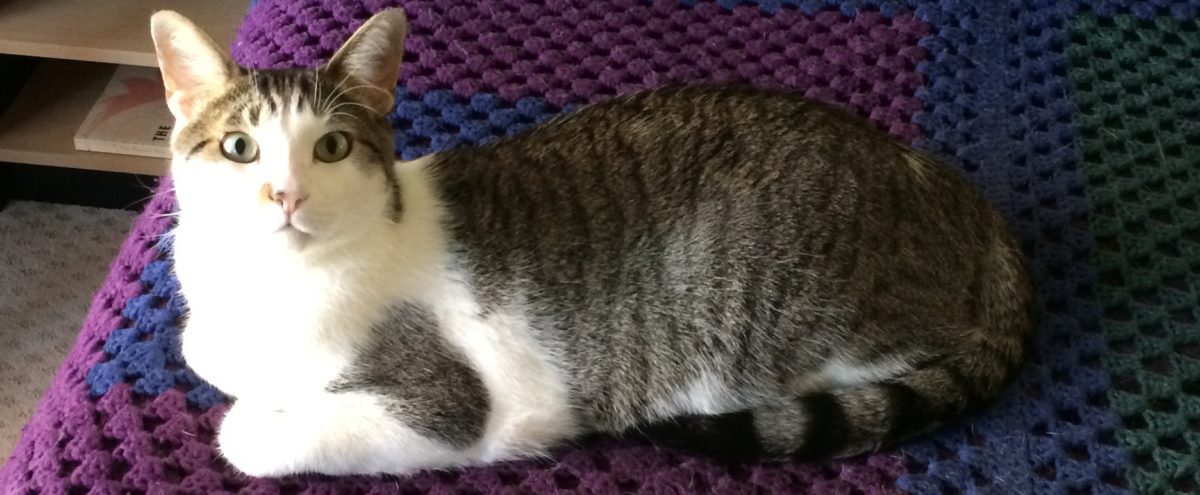- All-Star Superman #7, by Grant Morrison & Frank Quitely (DC)
- Fables #60, by Bill Willingham, Mark Buckingham & Steve Leialoha (DC/Vertigo)
- 52 #49 of 52 (DC)
- Sandman Mystery Theatre: Dr. Death and The Night of the Butcher vol 5, by Matt Wagner, Steven T. Seagle, Guy Davis & Vince Locke (DC/Vertigo)
- Sandman Mystery Theatre: Sleep of Reason #5 of 5, by John Ney Rieber & Eric Nguyen (DC/Vertigo)
- Wonder Woman #7, by Jodi Picoult, Drew Johnson & Ray Snyder (DC)
- Marvel Masterworks: Iron Man vol 77 HC, collecting Tales of Suspense #84-99 and Iron Man #1, by Stan Lee & Gene Colan (Marvel)
- newuniversal #5, by Warren Ellis & Salvador Larroca (Marvel)
- Nova #1, by Dan Abnett, Andy Lanning, Sean Chen & Scott Hanna (Marvel)
- B.P.R.D.: Garden of Souls #2 of 5, by Mike Mignola, John Arcudi & Guy Davis (Dark Horse)
- The Complete Peanuts 1963-1964 HC, by Charles M. Schultz (Fantagraphics)
When the original Sandman Mystery Theatre came out, in the early 90s, I as intrigued, but had a very hard time getting into it. A lot of it was the artwork: Guy Davis is a decent artist, but he had a penchant (at that time) for drawing all his characters with huge noses, which was very distracting. (I understand that some people have larger noses. But not everyone does.) The occasional guest artist tended to be even worse. And, as it turns out, the series just didn’t lend itself well to serialization; each 4-issue story had awkward breaks between issues, which made it difficult to follow the series from a narrative standpoint.
All of which means that I’ve been buying the trade paperbacks and enjoying them a lot more than I did the original series. It’s the story of Wesley Dodds, the original Sandman, a late-1930s adventurer who is driven by intense dreams to seek out and capture the most twisted of villains. Each story features a different psychopath as its heavy, and it also chronicles the ongoing romance between Dodds and Dian Belmont, a young socialite whose father is the chief of police. The story is a little bit Peter Wimsey, a little bit Nexus, and a little bit Batman. Wes is a very fallable – but driven – hero, and Dian is smart and independent. The Sandman operates outside the law and sometimes runs afoul of the police. And, fortunately, Davis’ artwork has gotten much better by this latest volume. I’m enjoying it more than I’d ever thought I would. The series is long since defunct, but I still hope that it comes to a satisfying conclusion.
Which is more than I can say for Sleep of Reason, which updates the Sandman to 21st century Afghanistan. I’ve already commented about this series before, but I don’t like the art, the characters are flimsy, and the story seems kind of pointless. It’s a poor successor to the original.
I wasn’t going to pick up Nova until I realized it was being drawn by Sean Chen, whose work on Kurt Busiek’s Iron Man 8 or so years ago I’d enjoyed tremendously. Authors Abnett and Lanning have an uneven track record, but it might be more charitable to call it “eccentric”, and I’m usually willing to give their books a glance. Here, Nova is still an Earthman who’s inherited the mantle of the protector of an alien world, but now he’s the last such protector left, and he’s driving himself to fill the void left in the wake of the others’ deaths (which occurred in one of Marvel’s myriad crossover series – Annihilation, I think). Like Ms. Marvel, there’s potential here, but no sign at all where things are going to go. Hopefully the writers can figure it all out (and editorial won’t quash their best ideas).
Another month, another Marvel Masterworks. I’m not buying very many of them anymore, and yet I’m still behind. On the bright side, a new Peanuts volume is always cause for celebration, and I’m looking forward to devouring this one.
By the way, it looks like I’ve now been writing this weekly comics roundup for 6 months now. How time flies!
